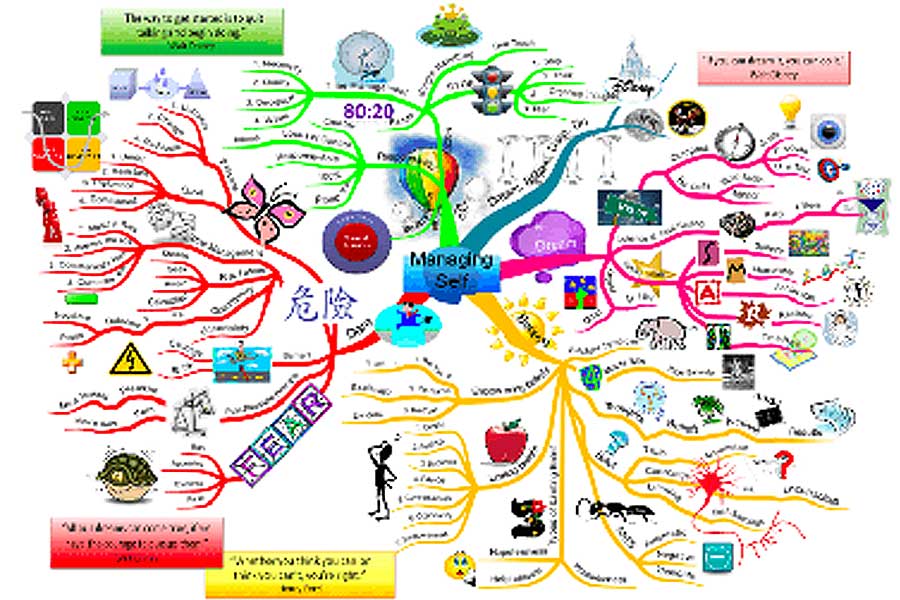My husband works in the corporate world. He works for a big company that builds very big things for big clients. He came home from a four-day retreat about to burst.
“Joly, have you ever heard of this thing called a mind map?”
“Tell me about it,” I said.
“It’s this process where you have an idea, and then you make a map of ideas and processes to get to the end result.”
“With little bubbles around the ideas?” I asked.
“Yes,” he said.
“And lines that connect theideas with the other ideas?”
“Yes,” he said.
“And then at the end of the mind map session you’ve got an understanding of how to get from Point A to Point B?”
“Yes!” he exclaimed.
“Sure, we’ve been using those to teach English composition for years.”
“Oh… really?”
“Yeah, I’ve been using mind maps with my students since the 1990’s.”
“Well, they really work,” he said, maybe a little disappointed that he wasn’t turning me on to the whole mind map revolution.
Then he unpacked about 50 travel-sized shampoos and hand lotions, and told me about the rest of his trip.
Heck yeah, mind maps are cool! They work especially well on white boards, where you can sit back and see your big picture, but they work equally well on paper.
Get some different colored pens and start working with an idea that you have for a project.
Let’s say that you are interested in writing a biography about your grandmother who bred Saint Bernard puppies, raised 8 kids, and opened a café in rural Idaho.
Her name would go in the middle of the blank page or white board. Let’s call her Violet. Draw a circle around her name. Then a line would branch out of that and its title would be “Puppies.” Branching off of puppies, you might write ”breeding,” then off of that line “a link to her homeland.” Other topics might include: “building a business,” “famous customers,” etc…
Another tendril might say, “Café.” Branching off of that might be things related to that business, like “Converting the train depot into a café.” “Recipes” might go on another small branch. Another branch might say “customers.” You can keep going as long as your ideas keep coming.
After you’ve exhausted the topics and details on your mind map, you can begin to structure the topics into hierarchy of importance; or, you might find overlaps which could help create interesting narratives.
I like using mind maps with creative projects because I can get the idea out into the world and then begin to structure it. Mind maps are also an effective way to put business concepts onto paper—or on the white board.
Reach out to me to help get an idea off the ground.


